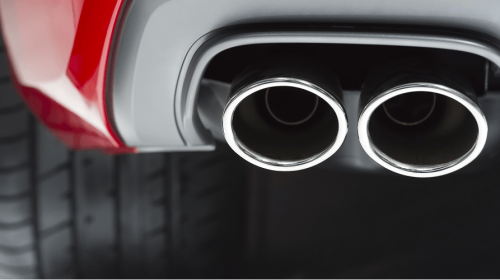Car insurance is a vital component of responsible vehicle ownership. It not only protects drivers financially in the event of an accident but also ensures compliance with legal requirements. However, with various types of coverage and policies available, understanding car insurance can be overwhelming. This article breaks down the essentials every driver should know.
Why Car Insurance Is Important
Car insurance provides financial protection against losses resulting from traffic accidents, theft, natural disasters, or liability claims. It can cover repairs, medical expenses, legal fees, and other costs depending on the level of coverage. In most regions, having at least a basic auto insurance policy is legally required to drive.
Types of Car Insurance Coverage
There are several types of car insurance, each offering different levels of protection:
- Liability Insurance: Covers damage to other vehicles or property and medical expenses for others if you’re at fault in an accident. This is typically the minimum legal requirement.
- Collision Coverage: Pays for damage to your vehicle in a crash, regardless of who is at fault.
- Comprehensive Coverage: Covers non-collision-related damage, such as theft, vandalism, fire, or natural disasters.
- Personal Injury Protection (PIP): Covers medical expenses for you and your passengers, regardless of fault.
- Uninsured/Underinsured Motorist Coverage: Protects you if you’re involved in an accident with a driver who has little or no insurance.
How Car Insurance Premiums Are Calculated
Insurance premiums are determined based on several factors, including:
- Driving History: A clean driving record usually results in lower premiums.
- Age and Gender: Younger drivers and males often face higher rates due to higher risk profiles.
- Location: Urban areas tend to have higher premiums due to increased traffic and accident rates.
- Vehicle Type: Expensive or high-performance cars may cost more to insure.
- Usage: How often and how far you drive can affect your rates.
- Credit Score: In some regions, insurers use credit history as a factor in pricing policies.
Tips for Reducing Your Insurance Costs
There are several ways to lower your insurance premiums without sacrificing necessary coverage:
- Shop Around: Compare quotes from different insurers.
- Increase Deductibles: A higher deductible can lower your premium, but make sure you can afford it in case of a claim.
- Bundle Policies: Combine auto and home insurance with the same provider for discounts.
- Drive Safely: Avoid accidents and traffic violations to maintain a good driving record.
- Take Defensive Driving Courses: Some insurers offer discounts for completing approved safety courses.
Understanding Policy Terms and Limits
When choosing a policy, it’s important to understand the limits of each coverage type. Limits indicate the maximum amount your insurer will pay for a covered claim. Be sure to select coverage levels that align with your financial situation and the potential risks you face.
Filing a Claim: What to Expect
If you’re involved in an accident or experience vehicle damage, you’ll need to file a claim with your insurance company. This process typically involves:
- Reporting the incident promptly.
- Providing documentation, such as photos, police reports, and witness statements.
- Getting damage estimates or having the car inspected.
- Receiving payment or repair services based on your policy.
Understanding this process ahead of time can help reduce stress during an emergency.
Common Car Insurance Myths
Many drivers believe myths that can lead to poor decisions. For example, “red cars cost more to insure” is a myth—insurers don’t factor color into premiums. Also, not all damages are covered by basic policies, so it’s crucial to read your policy carefully and ask questions.
The Importance of Regular Policy Review
Life changes—such as moving, buying a new car, or adding a driver—can affect your insurance needs. It’s wise to review your policy annually and make adjustments to ensure you’re adequately covered without overpaying.
Conclusion
Car insurance is more than just a legal requirement—it’s a critical tool for protecting yourself, your passengers, and your financial well-being. By understanding the types of coverage, how rates are determined, and how to manage your policy wisely, you can make informed decisions and gain peace of mind on the road.








